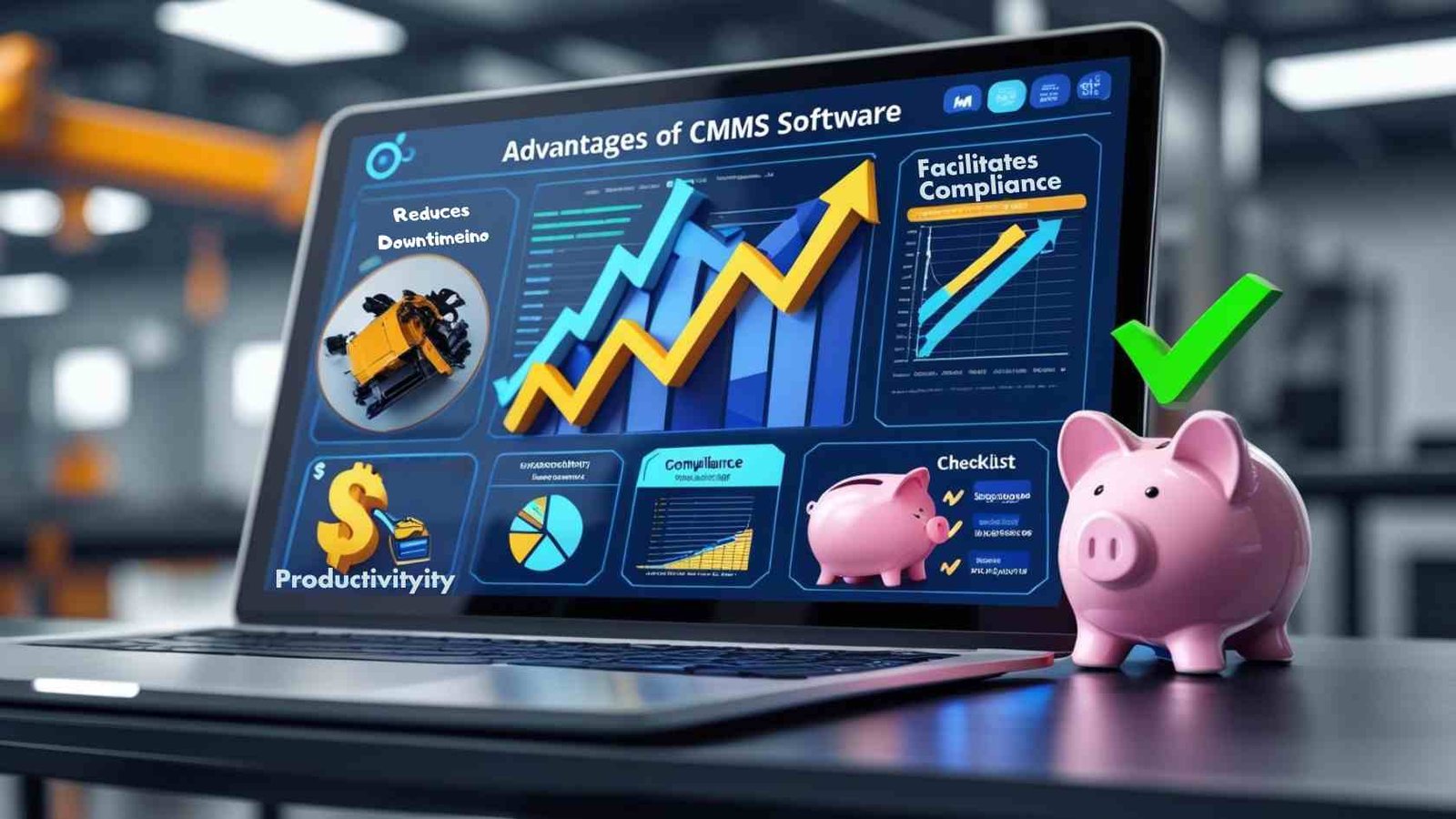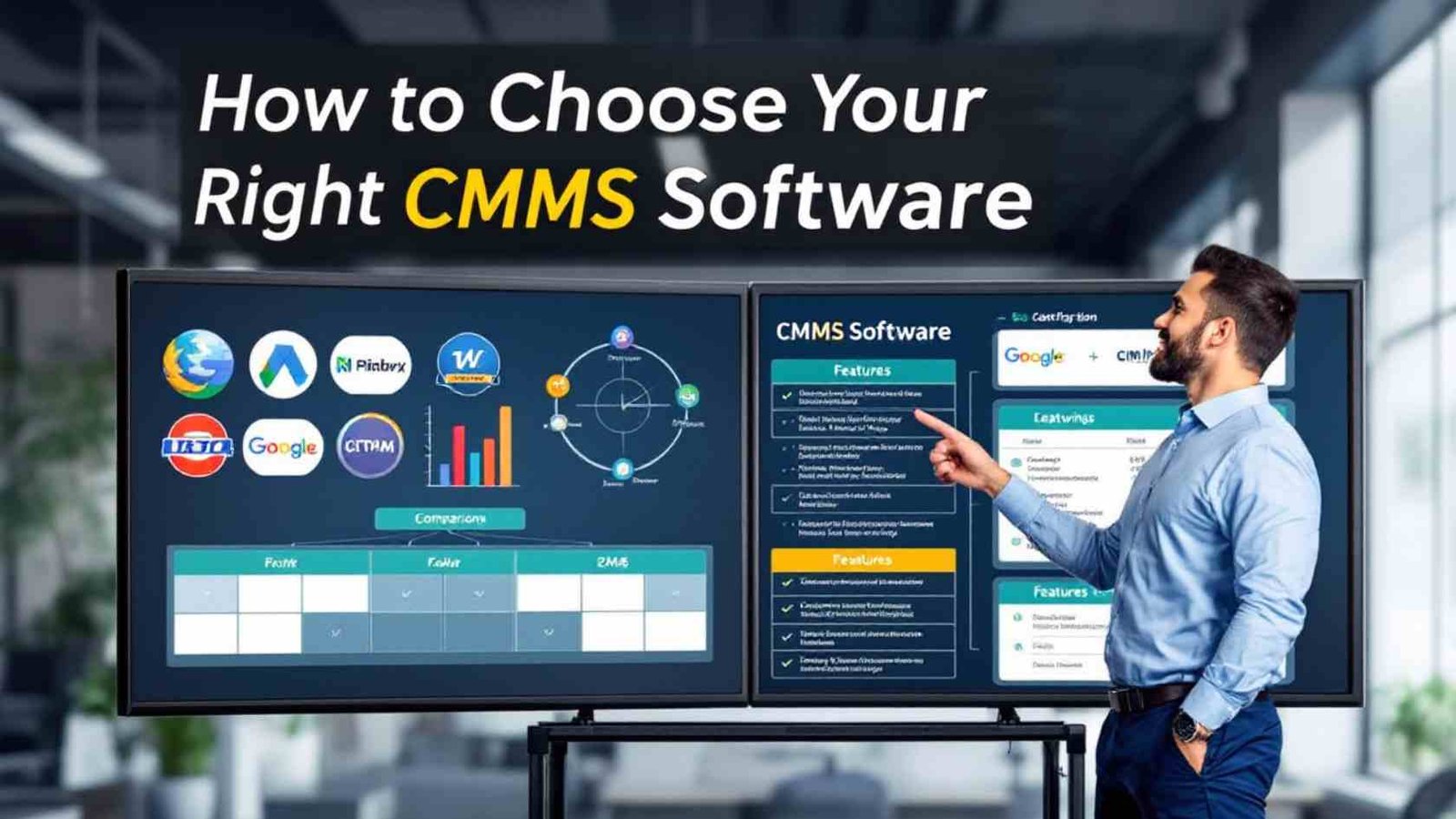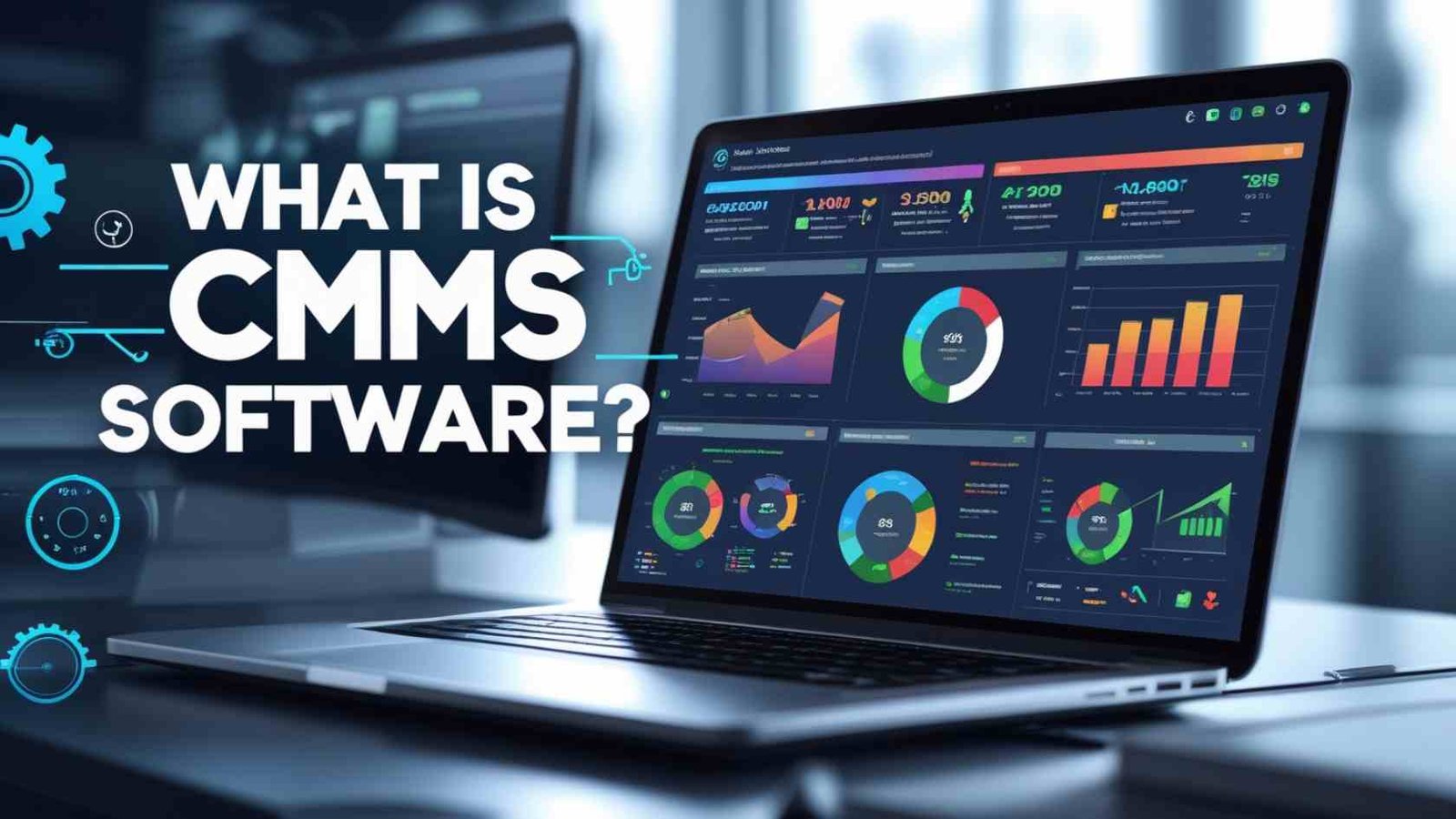Picture this: a symphony of squeaking machinery, frantic calls, and a mountain of sticky notes threatening to bury your maintenance team. Without a conductor, chaos reigns. That’s the reality of operations clinging to outdated methods. But what if you could orchestrate every repair, anticipate every breakdown, and silence the chaos? Enter CMMS—not just software, but a maestro for your maintenance, turning disarray into a finely tuned performance. Let’s explore how this powerful tool transforms the messy into the masterful.
What Is CMMS Software?
Let us begin by answering this pertinent question: what is CMMS software? Computerized Maintenance Management System (CMMS) software is the key to ensuring effectiveness and efficiency in maintenance operations. How? Let’s see. CMMS tracks equipment, schedules preventive maintenance, manages work orders, and monitors inventory movements. In short, it transforms chaos into control. It’s a more proactive approach to maintenance than reacting to breakdowns or failures, saving time and money.
Key Features of CMMS Software
A good CMMS is more than just a slick database; it’s a toolkit filled with the tools you want for higher productivity and greater accessibility. Specifically, here are some features you should not ignore:

- Work Order Management: Generate, assign, track, and close maintenance work orders without a paper trail.
- Preventive Maintenance Scheduling: The best way to avoid equipment wear and tear is to schedule maintenance when convenient.
- Asset Tracking: Keep detailed records of all machines, including purchase history and repair logs.
- Dodge Downtime: Avoid unplanned downtime by tracking spare parts and other inventory to ensure on-time maintenance.
- Reporting and Analytics: Create analytics to identify inefficiencies and fine-tune maintenance strategies.
The Need for CMMS for Maintenance Teams
Running maintenance without a CMMS is like driving blindfolded. You may eventually get there, but it won’t be pretty. CMMS offers real-time visibility and enables teams to nip minor issues in the bud before they escalate into costly repairs. No more wasting time searching through work orders you misplaced or figuring out if a part is on the shelf. It’s all in one place (and at your fingertips) when needed.
Advantages of CMMS Software
An effective CMMS is a real game-changer. Here’s how:

- Reduces Downtime: Minimize downtime with preventive maintenance, which keeps machines running smoother for longer.
- Increases Productivity: These automated workflows help organizations eliminate manual processes that waste time.
- Save You Money: Finding problems early leads to fewer costly emergency repairs.
- Facilitates Compliance: CMMS provides records for audits and adherence to safety regulations.
- Equipment Lifespan Boost: Regular maintenance prevents premature wear and tear, lowering the chances of frequent replacement.
Innovation CMMS: Redefining Daily Maintenance
Now imagine this: A technician arrives for their shift. They’d pull up the CMMS dashboard rather than having to sift through piles of paper or scroll through countless emails. A clear list of scheduled work appears, with instructions, asset history, and required parts. They finish a job, enter it into the system, and move on. No confusion. No wasted time. Just continuous and efficient maintenance.
How to Choose the Right CMMS Software
Not all Computerized Maintenance Management System (CMMS) software is designed the same. Here’s what to look for:

- Software should be user-friendly—complicated software will only slow things down.
- Scalability—pick a system that scales with your company.
- Mobile Access—technicians should be able to update work orders when on the road.
- Integration Capabilities—it should integrate with existing systems like ERP or IoT devices.
- Great Support—an attentive vendor will always make implementation easier.
Addressing Typical CMMS Challenges
The transition to using a CMMS is not always smooth. Teams might resist change, and data migration can be tricky. Without training, adoption can slow down. The key? Start small. Train your staff in phases. Migrate data step by step, and select a vendor who provides hands-on support.
The Future of CMMS Software
CMMS is changing in tandem with technology. With Artificial Intelligence (AI) and predictive analytics data available today, maintenance has never been so smart. AI-powered systems predict failures before they occur rather than scheduling maintenance based on specific time intervals. Imagine a world where your CMMS notifies you that a machine part is about to fail—before it does. That’s not science fiction; it’s what’s next for maintenance teams.
Also Read: The Essence of Bespoke Software Development Campines for Businesses
Conclusion
CMMS software is more than just a fancy tool—it makes for an efficient and cost-effective maintenance function. It simplifies work orders, minimizes downtime, and keeps teams organized. If maintenance is a daily firefight, it’s time to return to the drawing board. When implemented correctly, CMMS can help maintenance teams go from reactive chaos to proactive control. The result? Reduced breakdowns, lower costs, and a maintenance crew perpetually ahead of the curve, offering value to their customers and other stakeholders.







